Korolevo is a village in the Veliky Ustyug district of the Vologda region of Russia. It is part of the urban settlement Krasavino. The distance to the center of the municipal formation Krasavino in a straight line - 1.9 km. The population is 4 people according to the 2002 census.

This village is the most picturesque, cozy and interesting of the whole bush. Let's see why.
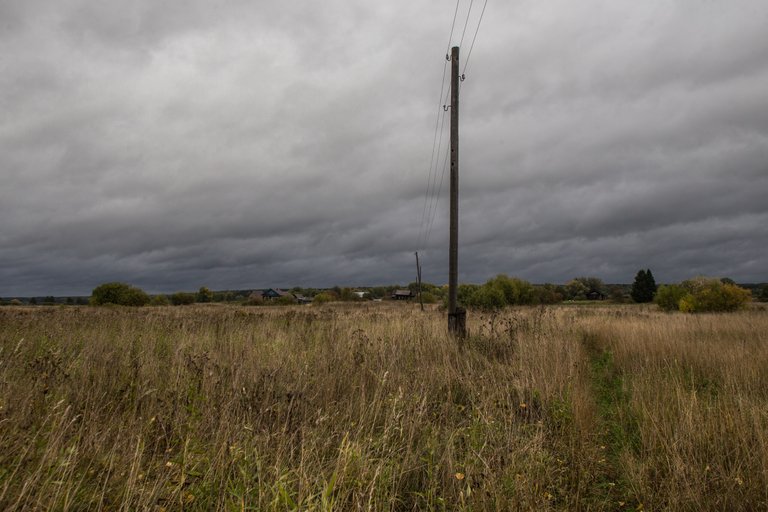
Houses are scattered in the middle of a spacious field.
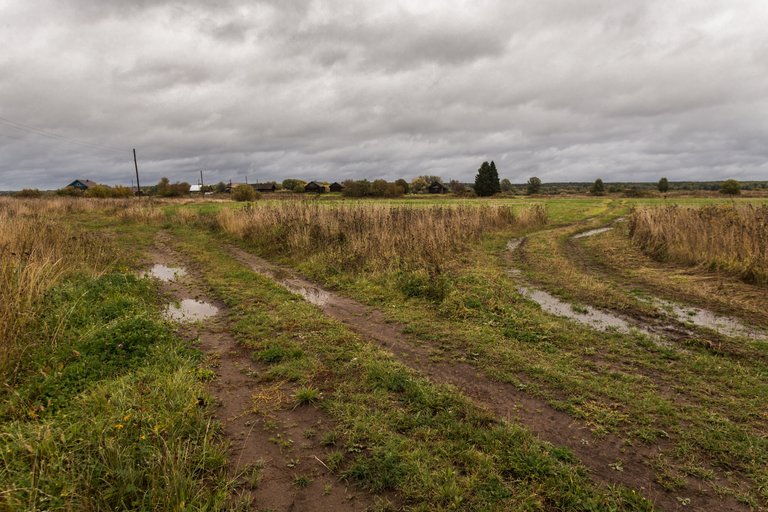
There are definitely people living in the village!
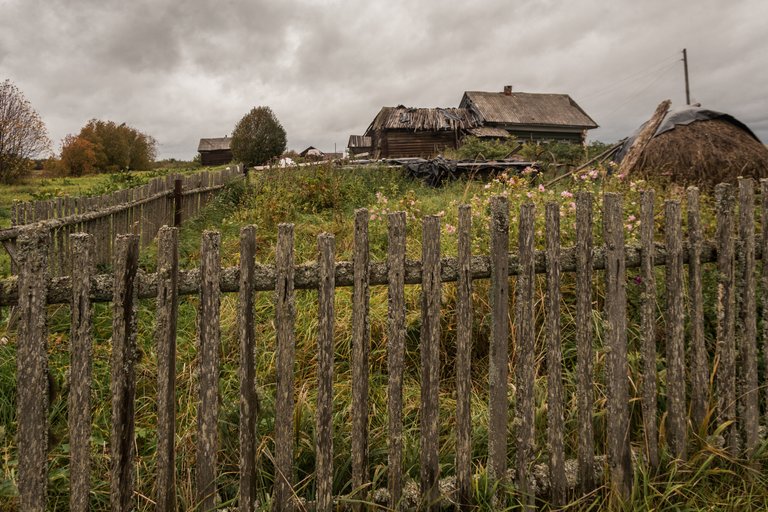
It seems that there are no water bodies and even height differences.
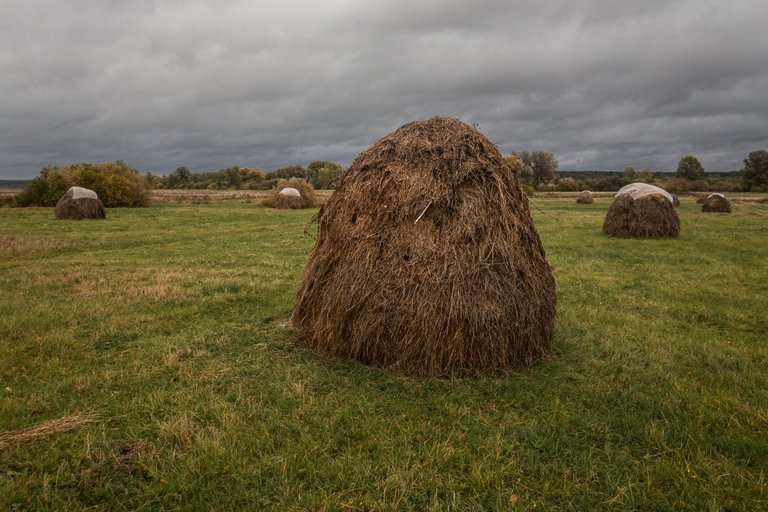
Why is this village so hooked?
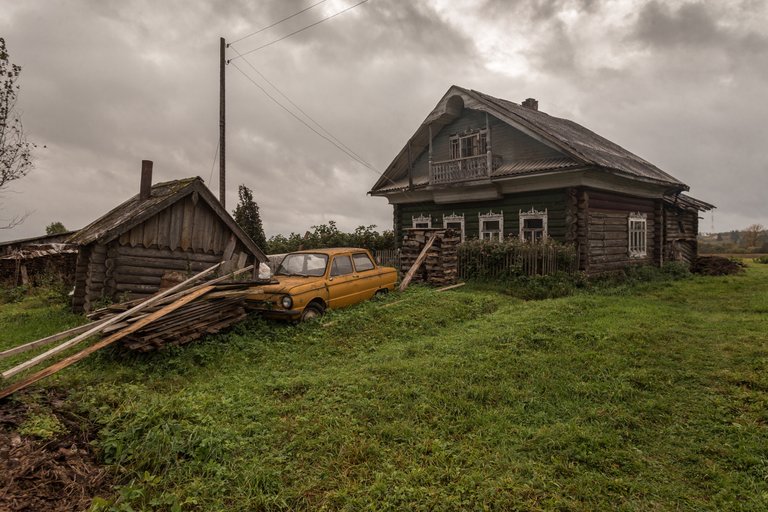
Many elements of that era are concentrated here: hay mowers, old cars, interesting houses for architecture.

Maybe once houses here stood on the same street, but now it looks chaotic. This is also one of the advantages.

There are almost no fences in Korolyovo, no well-groomed road.
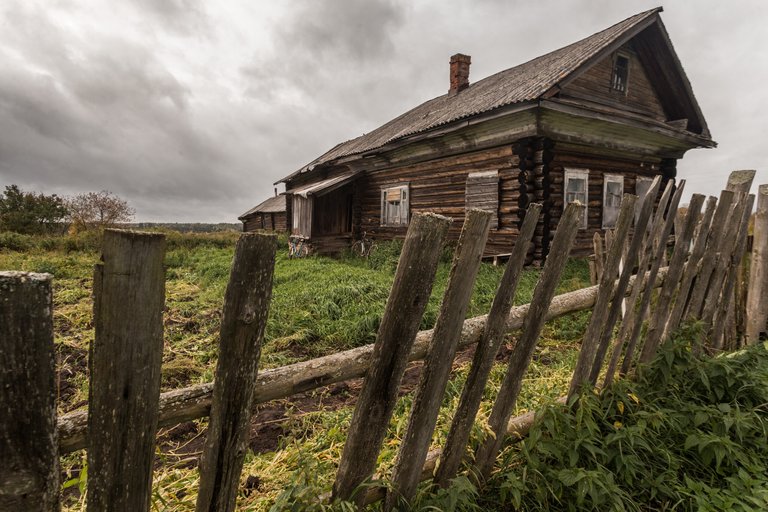
The main entrance to the village is through a field outside the village itself.

Such a solution exists in many floodplain villages.
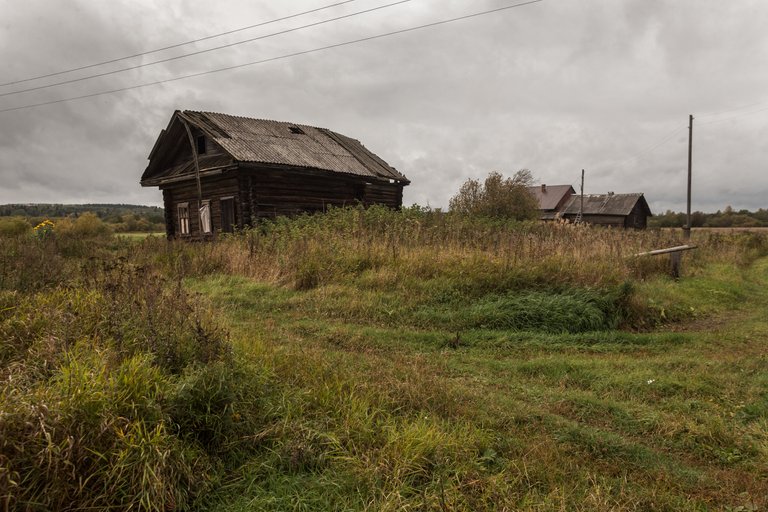
There are also many abandoned houses here, which is good for the atmosphere.
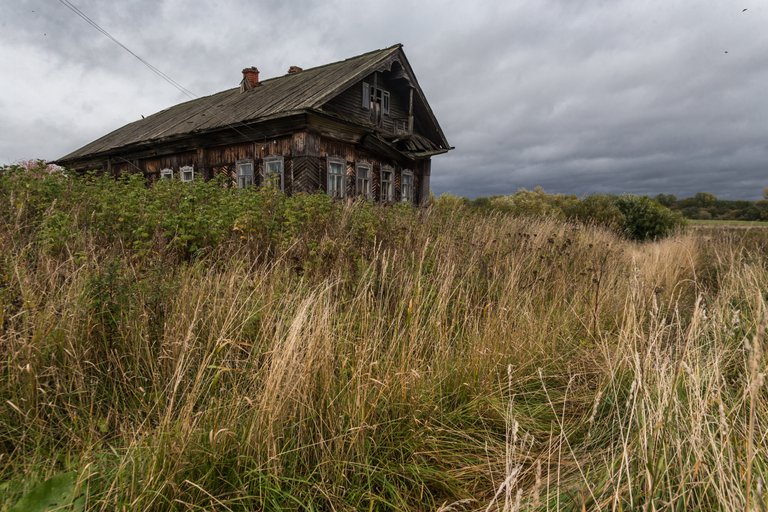
Even in floodplain villages, it may be interesting if this is something like Korolevo, and not something like the first village of the Osokorye bush - Underhill.
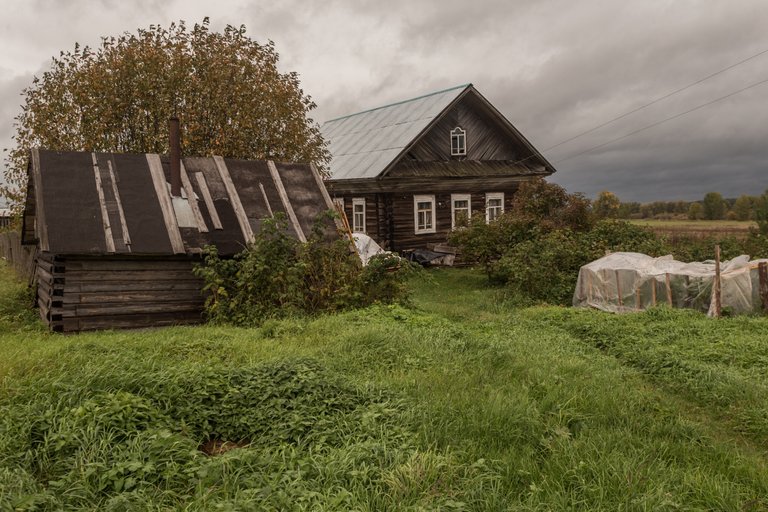
It feels like I visited an abandoned village, but also a residential one at the same time.
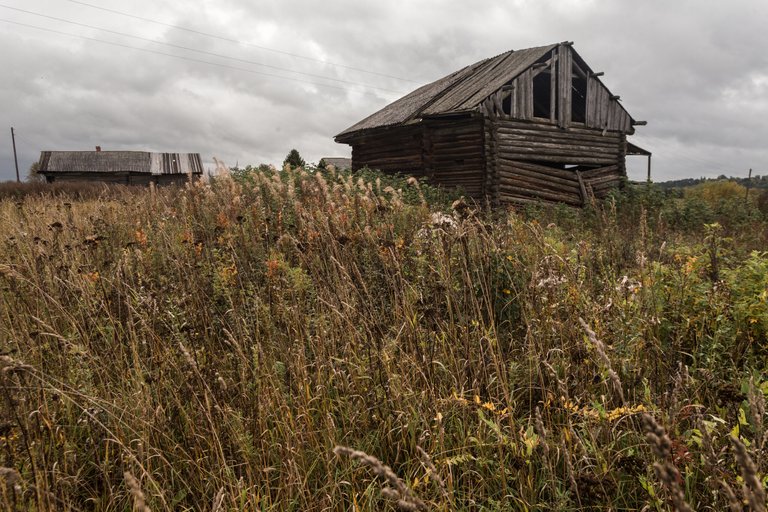
When there is the spirit of Russia, and not Russia, the atmosphere is many times better.

Surprisingly, this village is not drowned during floods, because it is well built on a barely visible hill.

But if big water comes up, it will cut off the village from the outside world.

You can stay for a few days like on an island.
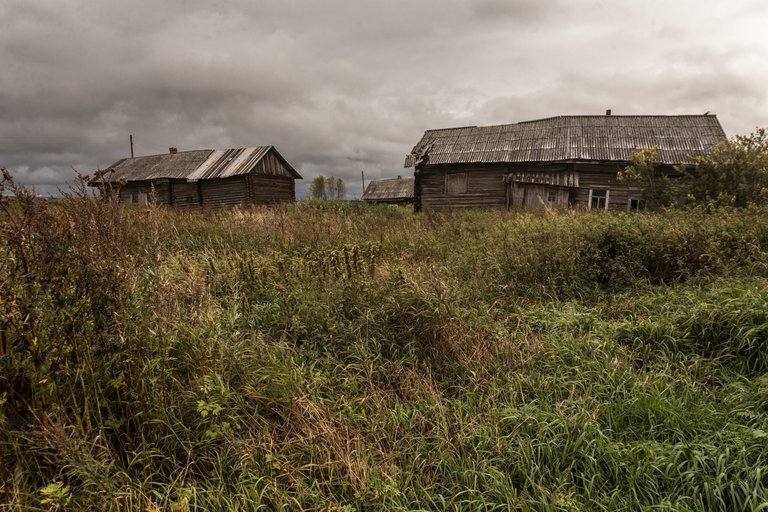
The differences between the standard Russian one-street village and the old Russian one are immediately noticeable.
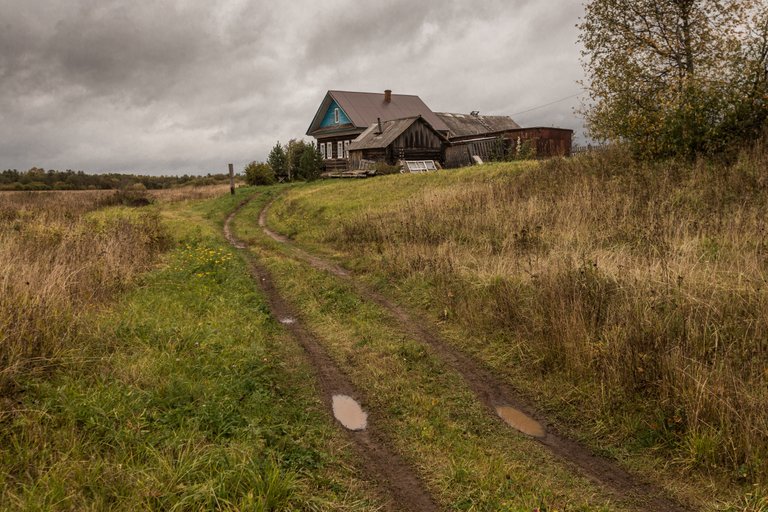
Here, even around residential buildings, there will never be high solid fences ... here there cannot be any at all.
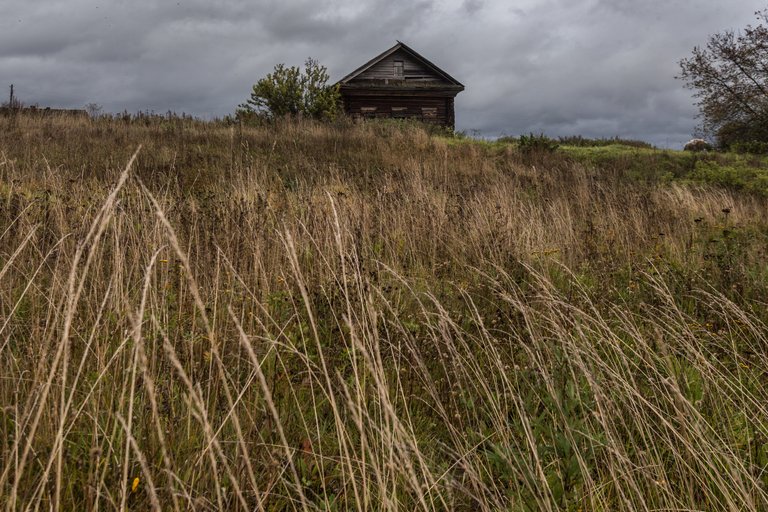
These are different worlds and frequencies, and they are felt not only visually.
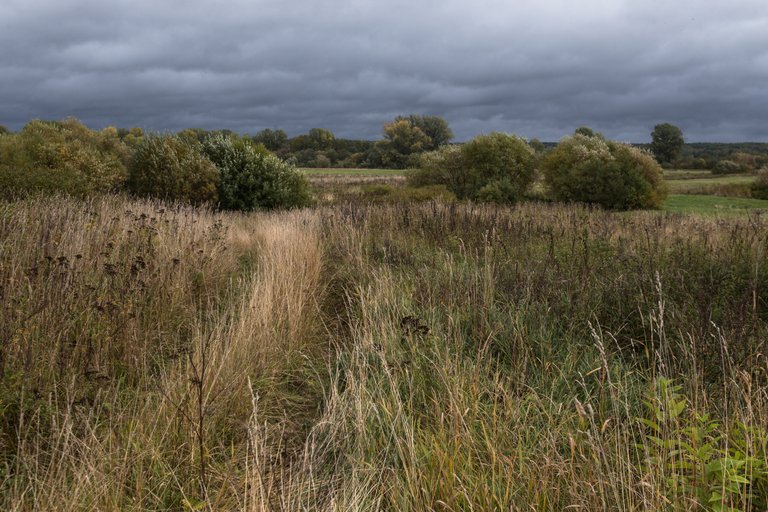
Black poplars, by the way, are almost never found in villages; they grow more around floodplain lakes.